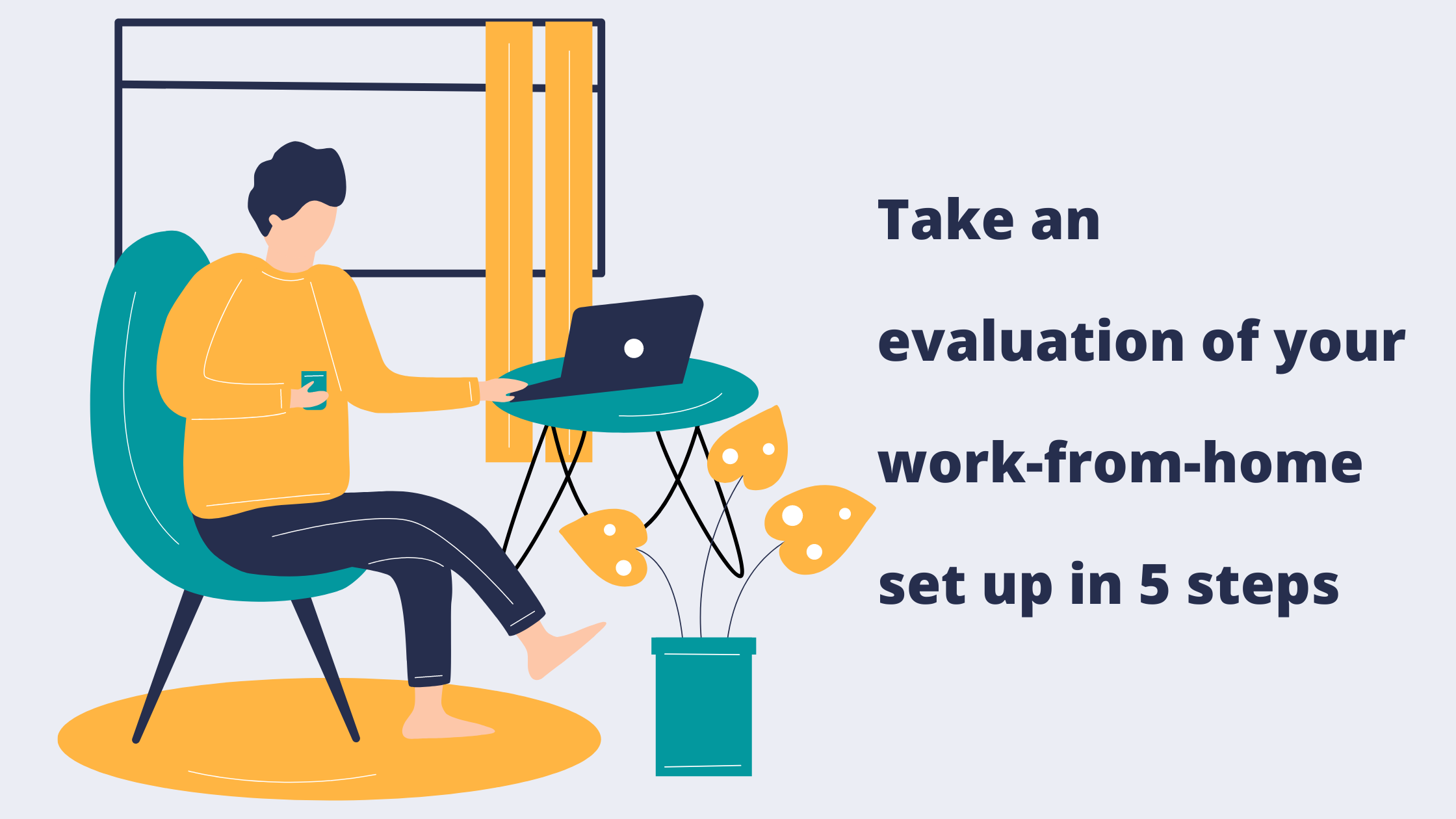No one in the world was prepared for March 2020. All the unknowns surrounding the new virus caused panic and subsequent lockdown across the globe. Businesses quickly adapted to a work-from-home model to keep employees safe. Now, many of us are over a year and a half into work-from-home, some with no end in sight. Some businesses may move to this model permanently or always offer it as an accommodation option for workers.
Since you first scrambled to set up your makeshift work-from-home office, have you made any enhancements? Now might be a good time to go through this checklist to make sure your "office" is set up for productivity, comfort, and long-term health.
1. Setting up your electronics
From your keyboard to monitor to laptop to mouse to phone...the list of electronics you might need in your fully functioning home office might be long. First, identify which electronics are a necessity. The ones you use on a daily basis should be on your desk at all times. Any other electronics that aren't being used daily can be stored away and taken out only when needed. This will help clear the clutter so you can have more physical and mental space.
Now that you've completed this step, set up the rest of your electronics with proper ergonomics so you can avoid issues like carpal tunnel, muscle strains, and overall discomfort. For example, your keyboard and mouse should be placed at a distance where your lower arms rest on the desk and your fingertips reach the keyboard without having to lean your body forward. If you are using a laptop to work, you should use an external keyboard and mouse so that you can keep those items closer to you, and keep the laptop further away and at the appropriate eye level.

2. Think about the location
Considering the location of your work-from-home setup can increase your mood and productivity throughout the day. Go for an area that has natural lighting, windows to open for fresh air, and minimal distractions (if possible). If your family is always in the kitchen, it would be wise to NOT set up your office there. However, don't think of your home office location as the end all be all. You're not always at your desk when you're in the office...it should be the same at home. Maybe you have a sitting desk in one area and a standing desk in another area. Maybe you change your sitting position or chair you're sitting on. It's all about mixing things up to keep you focused instead of antsy.
3. Take a break and move your body
It's easy to get sucked into your work when you are at home. You look at the clock and it's 8 am and then all of a sudden it's 8 pm and you haven't moved from your desk all day. Remember to take a lunch break like you would at work. Don't get into the habit of eating at your desk. Take a real break and enjoy your food to reenergize yourself for the second half of the day. Also, get up and move around. Even just a little bit of movement gets your blood flowing to help you wake up and feel good. Find small ways to get movement throughout the day however works best for you. Some of our teams favorite tips are sitting on a yoga ball, blocking 30 minutes on their calendar at noon to remember to take lunch, adding a five-minute timer before any meetings to stretch even if it's just in their chair.

4. Try a standing desk
Standing while working will likely push you to move around a lot more. We tend to reposition more often when we are standing than when we are sitting, so a standing desk could be the perfect solution to any lack of movement you may be experiencing throughout the day. If you don't want to invest in a standing desk, try a tall counter with stacked books.
5. Transition from home to work at the beginning and end of every day
We are used to some type of transition from "me-time" to work time, whether it is a drive, train, walk, or bike. That commute time helps us mentally prepare for work at the beginning of the day and then turn off work at the end of the day. Find a routine or ritual to start and end your workday so you can be more productive during work hours and be more present during "me-time."
What routines and rituals have helped you master work-from-home? Send us a message @gotthetest so we can share your WFH tips.



